Filtros Colector de Polvos duración
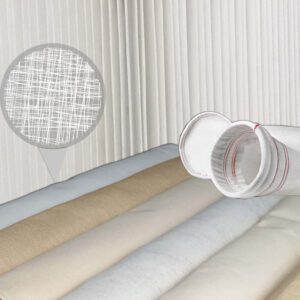
Filtros Colector de Polvos duración
BLOG
Filtering Media
In the world of filters, it is the law to hear the term filtering media (MF) and in the industry of Dust Collectors it is not the exception, this is due to the fact that there is a symbiotic relationship between the collectors and the filters. Since thanks to these it is possible to capture harmful particles suspended in the air. The filters are manufactured from different Filtering Media which, depending on their construction material, is the application where they can work.
The filter media material with which cartridge type filters and bag or sleeve type filters are manufactured varies, some of these for example are:
- Polyester
- Cellulose
- Nanofiber
- Aramids
To name a few.
Each of these materials has a special characteristic, their chemical composition gives them their properties and therefore their application, thanks to this it is possible to select which Filtering Media will be used to capture a particular dust, smoke, mist or gas.
Let's talk about materials
The most common materials that filter media are made of are:
Natural Fibers / Cellulose
This material is of natural origin and is obtained from wood, it has also been used in multiple applications since its discovery. One of the main characteristics of cellulose is its irregular shape and its porosity, since its pores are very small, this causes a greater resistance to air flow to be generated, this allows to capture the micro pollutants that are suspended in the air. , but at the same time accumulates residues that can cause its saturation.
Synthetic fibers
This type of MF is composed of fibers normally made of polyester, nylon, blown glass among other materials, to provide support and firmness it can be reinforced with small strands of wire. This type of material, being synthetic, allows the fibers to be smoother and can be given the necessary thickness, thanks to this it has less resistance compared to natural fibers. This allows when designing the filters you can give the exact diameters to the pores and manipulate the air flow, obtaining a better result.
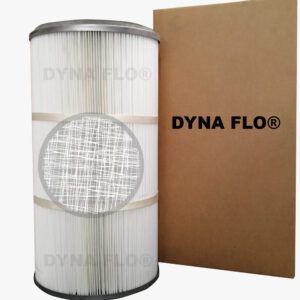
We have a wide variety of filters and spare parts for any type of Industrial Dust, Smoke and Mist Collector.
Also, natural fibers can be combined with synthetic fibers, this normally occurs when something very special is required, cellulose is used as the main material and synthetic fibers are added to provide greater efficiency and improve their properties.
Some special materials can be:
- Glass microfiber
- PP (Polypropylene)
- PTFE / TF / TFL (Polytetrafluoroethylene)
- Among many others
Compatibility
It is very important to know the properties of each of them and check their compatibility, this is normally known by the manufacturers, since the proper functioning of the Filter Media, its performance, its filtration capacity, its durability, permeability, depends on it.
If you need to find the ideal filter media to capture dust, fumes or mists, we recommend you contact us and together find the best solution.
DYNA FLO® Tips:
- Replace all dirty filters with new ones, it is not recommended to do it in parts.
- Do not manually clean the filters, as you could damage them.
- Consider in your budgets the maintenance of your collectors and the change of filters.
- Always take into account the opinion of the collector operators.
Collector Types
Filtros Colector de Polvos duración
filtros
Other articles of interest
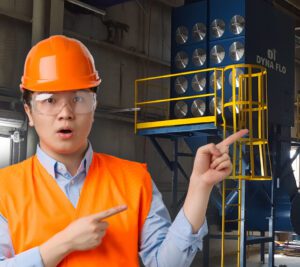
What type of industrial ventilation system do I need for my company?
Ventilation systems are used to ventilate closed spaces in the industrial or commercial sector, their function is to regulate the temperature, renew the air, extract dust, smoke, mist or gases, prevent…
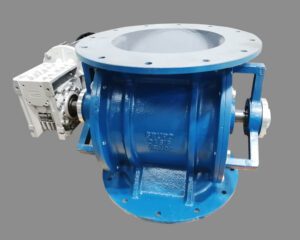
What are rotary or rotary valves?
A rotary valve or rotary valve is an equipment that allows to dose powder materials, this can be used regularly in silos, in hoppers, in endless bands, mixers, helical transport, dust collectors, among others.
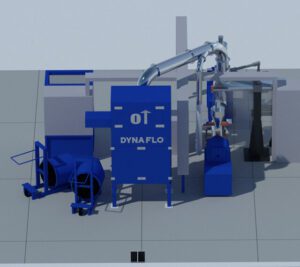
What is the function of an Industrial Dust Collector
La industria en todo el mundo genera a diario grandes volúmenes de contaminantes, esto debido a los diversos procesos de producción, lo que afecta directamente a la calidad del aire dentro de las fábricas…





